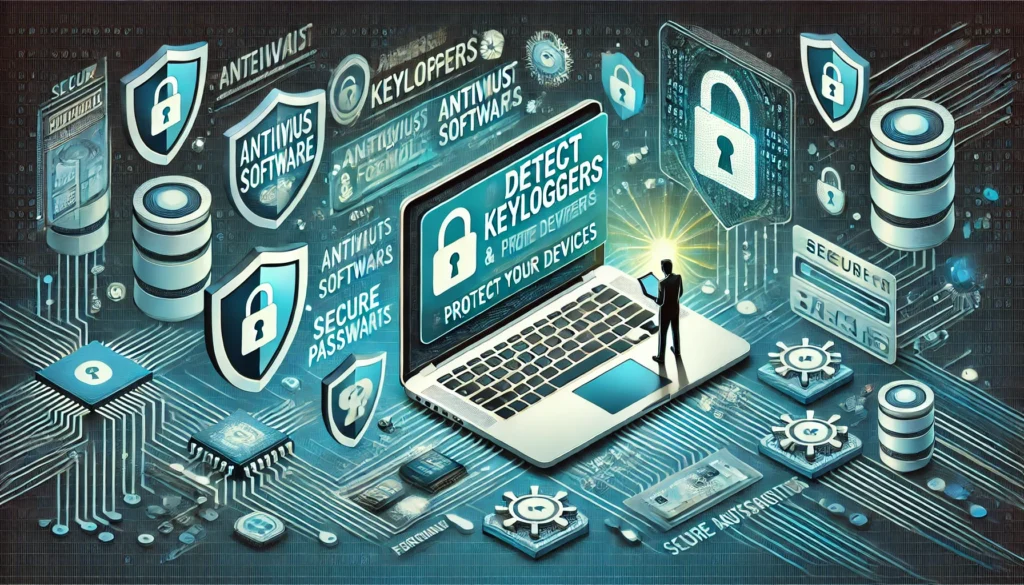
Keyloggers are malicious tools designed to record your keystrokes, enabling attackers to steal passwords, banking details, and other sensitive data. Here’s how to specifically detect and protect against them.
Signs of Keylogger Presence
- Unusual Keyboard Delays: If typing feels laggy or unresponsive, a keylogger might be recording your keystrokes.
- Unknown Processes: Use Task Manager (Ctrl+Shift+Esc on Windows) to check for suspicious applications running. Look for unfamiliar names like “svhostx.exe” or “winlogmon.exe.”
- Unexpected Data Usage: Keyloggers send data to attackers. Check for unexplained spikes in network traffic using tools like Resource Monitor (Windows) or Little Snitch (Mac).
- System Performance Drops: A sudden, unexplained slowdown can indicate malicious activity.
- Changes to Files or Settings: Keyloggers sometimes alter registry settings or file permissions.
Steps to Detect Keyloggers
- Run an Antivirus or Anti-Malware Scan
Use tools like Malwarebytes, Avast, or your own software like MalGuardX. Ensure definitions are up to date for better detection. - Inspect Running Processes
- Open Task Manager (Windows) or Activity Monitor (Mac).
- Look for processes using excessive CPU or memory with unfamiliar names.
- Search for any suspicious process online to verify legitimacy.
- Check Installed Programs
- Go to “Add or Remove Programs” in Windows.
- Look for recently installed software you didn’t authorize, especially those with generic names like “System Utility.”
- Scan Startup Items
- On Windows, use msconfig or Task Manager’s Startup tab.
- On Mac, check “System Preferences > Users & Groups > Login Items.”
Remove anything unrecognized.
- Monitor Network Traffic
Use Wireshark or GlassWire to analyze outgoing traffic. Keyloggers often send encrypted data packets to suspicious IPs. - Physical Inspection for Hardware Keyloggers
- Check your keyboard connection.
- Look for unauthorized USB devices between the keyboard and computer or plugged into ports.
How to Protect Against Keyloggers
- Install Anti-Keylogger Software
Tools like Ghostpress or your MalGuardX actively block keylogger activities. - Use a Virtual Keyboard
Especially for sensitive entries like passwords. On Windows, use “On-Screen Keyboard” (osk.exe). - Keep Software Updated
Apply security patches regularly to close known vulnerabilities. - Enable Two-Factor Authentication (2FA)
Even if your password is stolen, attackers will need additional verification. - Use a VPN
Encrypt your internet connection to prevent data interception. - Avoid Suspicious Downloads
Always verify the source before downloading software, particularly free tools.
Conclusion
Keyloggers are silent but detectable. By using specific tools and steps outlined above, you can secure your devices and keep your data safe. For more advanced tools and guides, visit Diggabyte.com.
